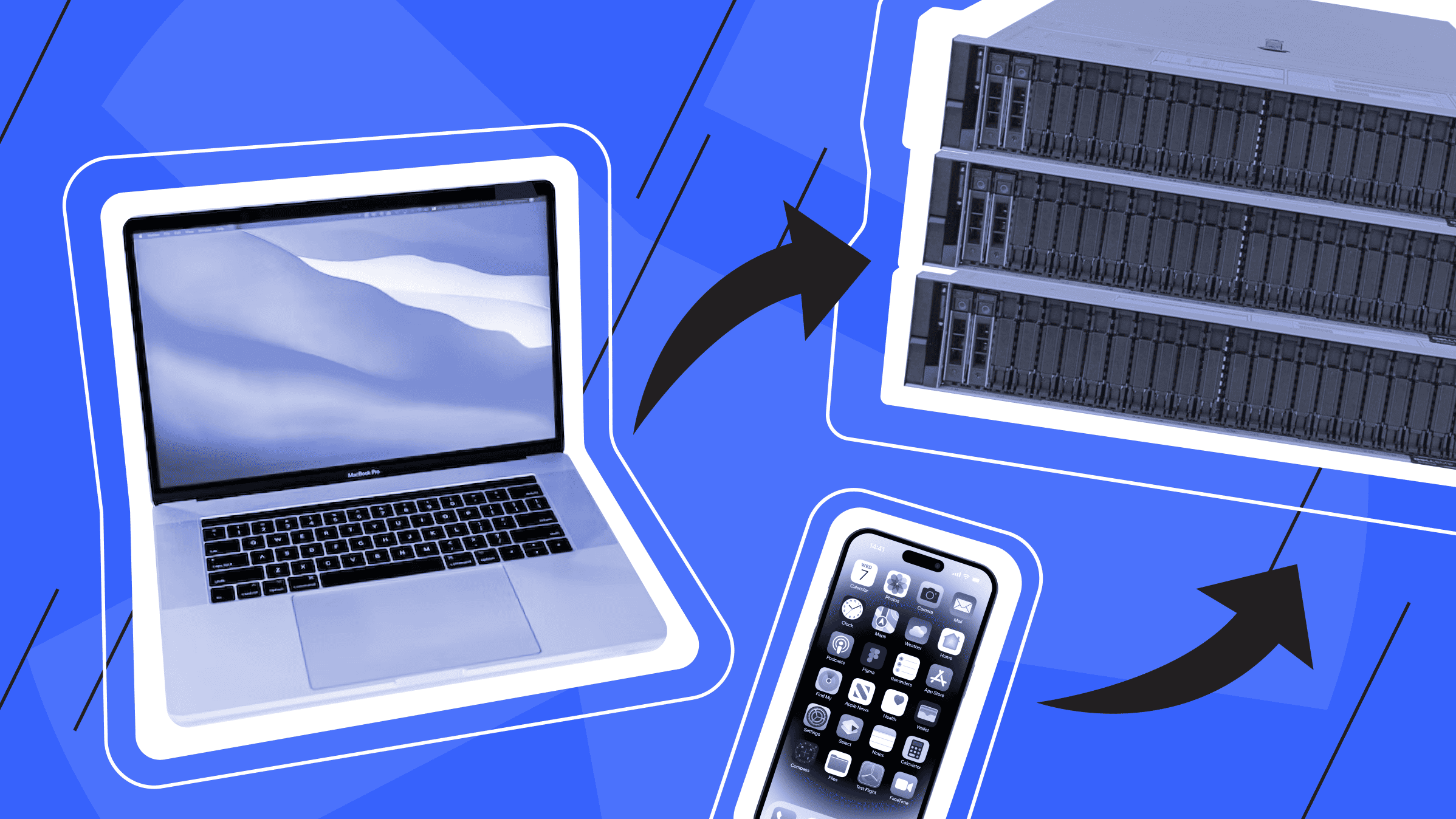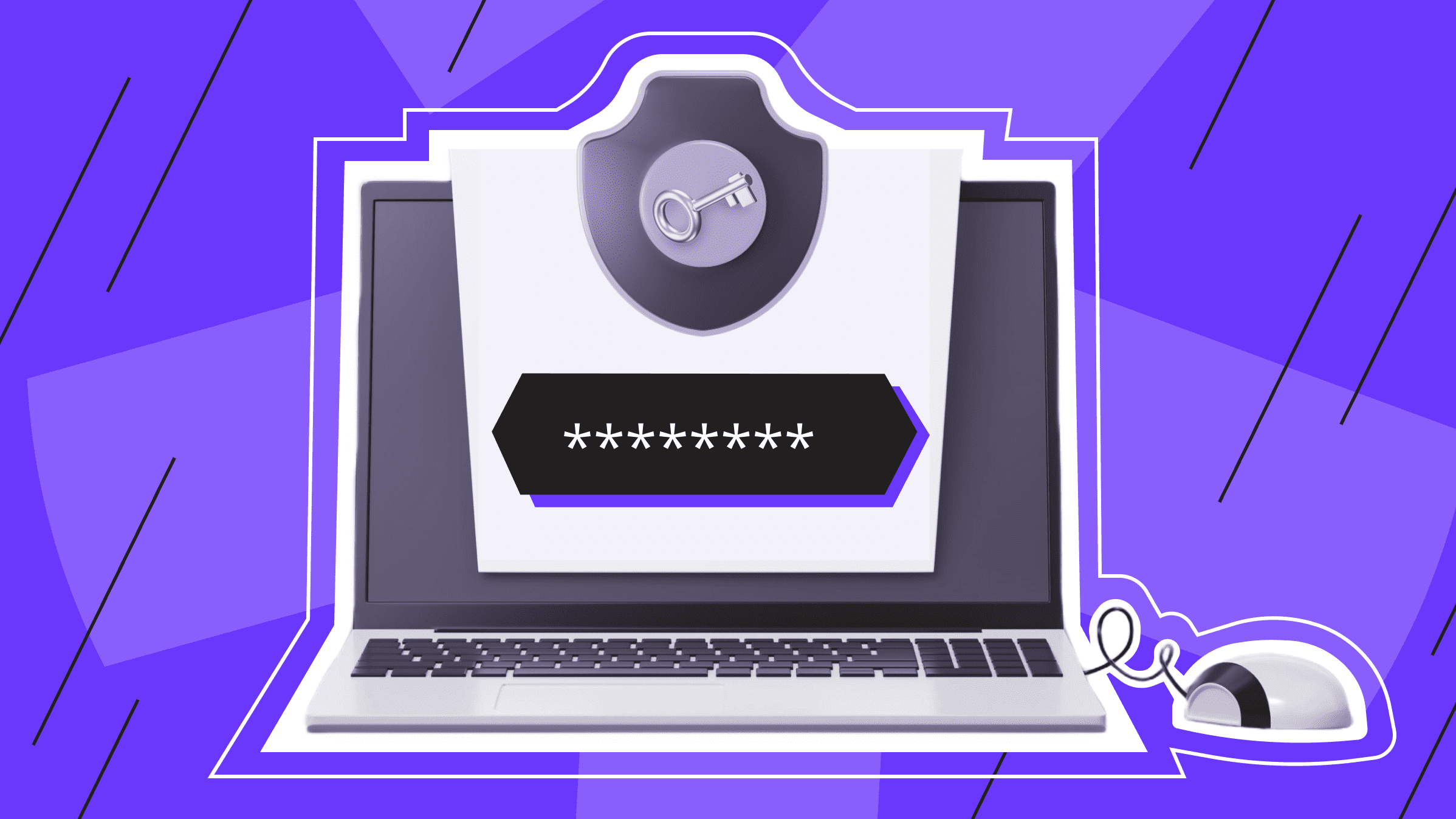
The term outsourcing comes from the English phrase "outer source using" and refers to the practice of utilizing external resources. Outsourcing services originated with Alfred Sloan, the head of General Motors in the 1930s, who introduced such practices to rebuild the company.
The global market for outsourcing services could grow from $620.38 billion in 2020 to $904.95 billion in 2027. This confirms the increasing popularity of outsourcing as a means to improve operations.
Offshoring originated in manufacturing in the 1960s and became popular in information services in the 1970s. It was primarily characterized by the transfer of factories from developed to developing countries, leading to a structural change in developed countries from an industrial to a post-industrial service society.
So, what about offshoring today? Many companies, ranging from tech giants like Google and Amazon to small businesses, are relocating some of their processes out of their countries of origin to secure more favorable conditions for production or services.
If you have thoughts on outsourcing vs. offshoring, this article is for you. We will provide you with comprehensive information about the differences between the two.
What is Outsourcing?
Outsourcing involves transferring certain functions or tasks of a company to external organizations. Usually, non-core tasks are outsourced to specialist companies, though core functions may also be outsourced sometimes.
Outsourcing allows a company to shed some obligations while saving time and money by concentrating on its core business processes. In-house staff must assess outsourcing work, and specific rules should be set out in the contract to resolve disputes.
What Do Companies Outsource?

Outsourcing services are most often used by companies that need to focus all their energy on competitive advantages. However, small companies can also outsource some tasks.
Outsourcing helps if expanding the staff is impossible, but you require the help of highly skilled workers.
For example, Kodak outsourced all IT tasks to IBM in the early 1990s. Thus, IBM agreed to do most of the data processing work for one of the largest photo companies. At the time of the deal, Kodak hoped to halve the costs of outsourced tasks.
Through outsourcing, it is possible to replace not only one but several departments at once. The benefits include savings on staff, use of third-party capacity, and focus on competitive advantage.
Some examples of global companies that have outsourced some of their core tasks are as follows:
IKEA is primarily a retailer, with several hundred stores worldwide, and has almost no production of its own, working with many suppliers. The company has also outsourced its logistics.
Following in the footsteps of General Motors, its main competitor at the time, Ford now manufactures one-third of its products in its own facilities. The other two-thirds are outsourced.
Outsourcing can also be found in animation, as many famous cartoons were not drawn in the same countries where they were created. This was often due to the difference in animator salaries.
60 out of 100 episodes of "Duck Tales" were drawn in Japan (TMS Entertainment), while Disney handled production, design, scripting, soundtracks, and voice-over in the United States. The rest of the episodes were drawn jointly by Taiwanese (Wang Film Productions) and Australian (Burbank Films) companies. American "The Simpsons," "Adventure Time," and "Gravity Falls" were drawn in South Korea.
We can say unequivocally that the tasks that can be outsourced are limited only by a company's capabilities.
Get the most out of your budget with our affordable, efficient VPS solutions. Fast NVMe, 30+ countries, managed and unmanaged VPS.
Types of Outsourcing
Outsourcing types vary by task and may not be limited to the following list.
- Manufacturing outsourcing.
This type of outsourcing allows you to use another organization's production facilities and direct your work into engineering, design, sales, etc.
- Accounting and financial outsourcing.
Organizations both large and small can outsource accounting and financial tasks. This type of cooperation decreases the cost of creating an accounting department.
- Legal outsourcing.
Outsourcers can be engaged to solve labor and tax law issues, as well as during an organization's reorganization, closure, or registration. They can also provide the services of a qualified lawyer without needing to hire one on staff.
- IT outsourcing.
Hardware management, software development, data processing, and information technology can be outsourced to specialized companies.
- Logistics outsourcing.
This is a popular type of outsourcing in which a contractor performs the functions of transportation, packaging, labeling, and storage. For example, modern delivery services utilize logistics outsourcing.
Pros and Cons of Outsourcing

Let's summarize the benefits of outsourcing and its disadvantages.
Benefits of outsourcing services include:
- Focusing on the company's core activities while outsourcing what it specializes in.
- Improving the quality of additional services or obtaining better results from highly skilled workers.
- Leveraging the outsourcer's resources and expertise, which may not be available to the client company.
- Saving money due to different labor costs in different countries (geographical outsourcing).
- Guaranteeing that work will be completed on time regardless of circumstances (e.g., employee redundancy).
- Reducing tax liabilities to tax authorities by avoiding wage obligations.
Among the disadvantages of outsourcing are the following:
- Dependence on a third-party organization, and the need to train new staff in the nuances of the client's business practices.
- Unfairness and failure to meet deadlines on the part of the contractor.
- Risk of leaking confidential information.
- Lower motivation of outsourcing companies compared to your employees due to differing corporate cultures.
When choosing an outsourcing company, thorough checks are essential to ensure that it is reliable and competent. The scope of work, and terms and conditions of cooperation, must be clearly defined in the contract to avoid misunderstandings and disputes, and the quality of the outsorcerer's work must be regularly monitored.
What is Offshoring?
Offshoring is the practice of moving business processes, production, or services to another country. It is usually done to reduce costs or gain access to specialized staff or resources. Offshoring involves moving parts of a business function, such as manufacturing, customer service, or software development, to another country.
Examples of Offshoring Uses

Offshoring has become an essential strategy for companies seeking to optimize their operations, so it is almost everywhere. We’ll tell you about some of the most prominent companies with offshore locations.
Google has offshore operations in India, Ireland, Singapore, and more, employing thousands of people in various roles, including software development, customer support, and data analysis.
In 2013, Spotify expanded into Latin America, starting with Mexico before moving into Brazil, Chile, and other countries. Spotify's main drivers were scale and competition, so it began striking deals with music rights holders and, over time, building business teams in select regions of the Americas. As a result, from 2014 to 2023, the number of music listeners from Latin America grew by 986 percent, accounting for a fifth of Spotify's global base.
In 2004, Apple closed its last factory in the United States and moved production to East Asia. Today, it has one factory in America, but most of its production is based in China. This allows Apple to save money because of the peculiarities of taxation, hourly wage levels, labor supply, and demand.
Amazon has moved its call centers to South Africa, a country with several outstanding customer service companies. In addition to customer service, Amazon has also outsourced its research and development to a Ukrainian startup that specializes in developing home security systems. Offshoring R&D gives Amazon access to exceptional talent at a reasonable cost.
We've got your back with reliable storage for backups of your projects. is*hosting solutions are your go-to for data protection.
Types of Offshoring
There are two main types of offshoring, depending on the process being offshored.
Service offshoring involves setting up an overseas unit to carry out service-related activities such as customer service, marketing, information technology, and more. This allows companies to focus on their core competencies and outsource some services. For example, a web development company may locate its accounting and marketing units in a lower-cost country.
Product offshoring means setting up a production unit in another country to reduce production costs. The main aim is to take advantage of cheaper labor and resources, and then sell the finished product in the domestic or international market. For example, a U.S. car company might set up a manufacturing unit in India to take advantage of lower labor costs.
Pros and Cons of Offshoring

Offshoring can provide companies with numerous benefits, including:
- Cost reduction. Offshoring to countries with lower labor costs can significantly reduce the cost of production or service delivery.
- Access to specialized skills. Companies can use specialized labor pools in other countries to improve their performance.
- Improved productivity. Companies can make their operations more efficient by focusing on core competencies and outsourcing non-essential tasks.
- Global reach. Offshoring allows companies to expand their operations in other countries and serve customers in different markets.
However, these processes also come with certain challenges, such as:
- Communication and cultural differences. Managing teams remotely across various cultures and time zones can be challenging and require extra effort from managers.
- Protection of intellectual property. When moving operations offshore, companies need to carefully consider protecting their intellectual property rights and data security.
- Quality control. Ensuring consistent quality standards can be a challenge when working with offshore teams. A lack of communication can also contribute to this problem.
- Legal and Regulatory Compliance. Companies need to comply with local laws and regulations in the countries where they conduct business offshore.
Overall, offshoring can be a strategic choice for companies seeking to optimize costs, access skilled talent, and expand their global reach, but it requires careful planning and management to mitigate potential risks.
What is the Difference Between Outsourcing and Offshoring?
Outsourcing is the hiring of an external company or specialist to carry out a process. Offshoring, on the other hand, involves setting up a production facility under the same name in another country.
Let's compare outsourcing vs offshoring with a few more criteria.
|
Criteria |
Outsourcing |
Offshoring |
|
Control |
The client company has slightly less control over the processes being carried out as they are outsourced to a third party. |
The client company retains full control over its processes and data, even though they are produced in another country, because they are under common management. |
|
Reliability |
The reliability of an outsourcing partner depends on its reputation and experience. |
The reliability of an offshore partner can vary due to cultural differences and language barriers. |
|
Security |
Specific legal agreements with the implementing company are required to ensure security. |
In the absence of close cooperation or clear agreements, security problems may arise. |
|
Cost |
Outsourcing can be more cost-effective than offshoring because it does not require the additional cost of moving people and equipment to another country. |
Offshoring can be more economical than outsourcing due to lower costs of labor in some countries. |
When deciding between outsourcing and offshoring, it is worth considering the feasibility of such processes. Your company might not yet have the resources to set up a subsidiary in another country, and outsourcing some tasks may be a more cost-effective solution.
Outsourcing vs Offshoring: Examples of Use Cases

Outsourcing and offshoring are two important tools that can help companies optimize their operations and reduce costs in different ways. Let's dive into a few examples of outsourcing vs. offshoring.
Outsourcing can be useful for companies that want to:
- Improve the quality of ancillary services or get better results from highly skilled workers.
- Use the capacity of an outsourcer that is not available to the client company.
- Save money on labor costs in different countries (geographical outsourcing).
- Guarantee that work will be completed on time, regardless of the circumstances.
- Reduce liabilities to tax authorities and avoid payroll obligations.
Geographical outsourcing is similar to offshoring in terms of reducing costs through labor cost differentials. However, with offshoring, companies move processes rather than tasks. So, offshoring may be chosen by companies that want to:
- Reduce labor costs.
- Gain access to specialized skills not available in their country.
- Expand business internationally.
- Take advantage of a more favorable business climate in another country.
- Diversify the risks associated with doing business in one country.
We remind you that offshoring can be a more expensive process than outsourcing. Therefore, if you are not looking to enter international markets or set up operations in another country, but are looking instead to transfer some tasks and reduce costs, it is worth considering the services of an outsourcer. Comparing outsourcing vs. offshoring by specific criteria that are important to you is a great way to decide which one better suits your needs.
What are Freelancing and Outstaffing?
The terms outsourcing and offshoring, freelancing, and outstaffing are all very similar because they all involve outsourcing work to a third party. If you are clear about outsourcing and offshoring, here are some details about other types of task delegation.
Outstaffing (staff personnel) involves the work of specific specialists from a specialized company. This type of contract designates an employee who will perform certain tasks at an assigned workstation. In this case, the number of hours worked is a crucial factor. Typically, these employment relationships are long-term.
If you need to carry out one-off work without hiring new, highly qualified employees, freelance work may be suitable. Specialists who provide services are usually contracted and can be found on specialized websites.
Conclusion
It is worth noting that both approaches (outsourcing vs offshoring) have their advantages and disadvantages. Outsourcing allows you to transfer tasks to other people or companies, freeing up your resources to let your business focus on what it does best. Offshoring, on the other hand, allows you to reduce costs by bringing in skilled workers from other countries while gaining the experience of minimal international exposure. The difference between outsourcing and offshoring may initially seem unclear, but we hope this article has clarified it for you.
Choosing the best option for your business between outsourcing and offshoring depends on your goals, budget, and overall business strategy. Do you want to reduce costs, improve service quality, or maintain control of a project? Answer these questions to choose your side: outsourcing or offshoring.
Dedicated Server
Smooth operation, high performance, and user-friendly setup - it's all there for you.
From $70.00/mo

